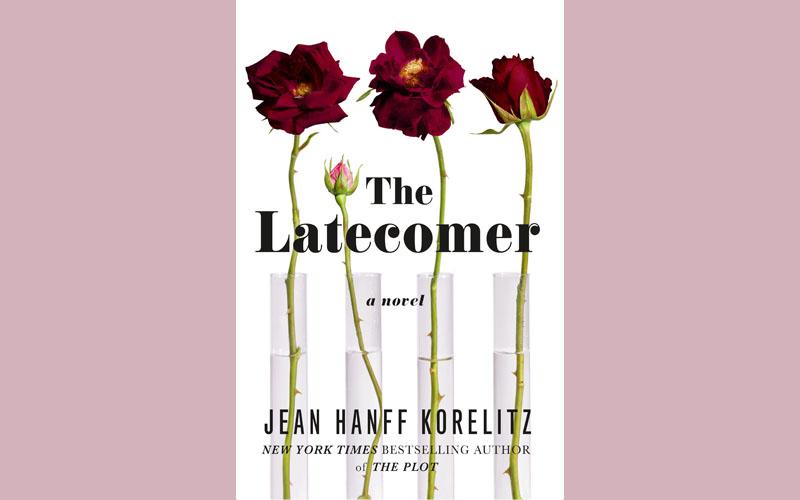Book review: The Latecomer by Jean Hanff Korelitz
By Philippa Tracy
Jean Hanff Korelitz’s eighth novel The Latecomer is a social satire on privilege and family dynamics. It focuses on the Oppenheimers, a wealthy New York Jewish family, who struggle to relate to each other, even to like each other. Salo Oppenheimer is passionate about art, but lacks “a sense of fully inhabiting his own life.” He studies economics and joins the family banking business as he is expected to do. Because of complex guilt over an earlier fatal car crash in which he was the driver, he marries Johanna. And perhaps also because “the chief interest of her life was himself: his comfort, his entertainment, his absolution.”
As Salo becomes less and less engaged with his marriage and more obsessed with his growing art collection, Johanna fails to understand the art any more than she really understands him. Her main preoccupation is nurturing the delusion of the perfect family, the Oppenheimer triplets: Harrison, Sally and Lewyn, born of her “fateful” “fertility journey.” The painful birthday photographs every year belie the miserable truth, that “they were five humans cohabiting. That they were not, and never had been, a family.” The children cannot stand each other, they barely acknowledge each other, even when two of them are living in adjacent dorms on campus at Cornell.
Salo and Johanna buy a house in the Brooklyn Esplanade in the late 1970s, at the start of the “Great Hipster Renaissance,” before gentrification. They send their children to the Walden School, a liberal establishment in Brooklyn, with prohibitive (for most) fees, an unironically socialist ethos, and a “culture that handed out participant trophies, in which making a show of your personal suffering passed for debate.” The school provides some of the funniest passages in the book, not least when Harrison makes a speech about “the bright shining lie of progressive education.” It is a school where they are “taught to genuflect before the notion of free speech while shunning anyone who didn’t agree with them.”
This family’s story is a roller-coaster of lies, conflict and journeys of self-discovery. It starts with a tragedy and includes a secret affair, hidden art and a love child. And along the way, when Johanna begins to feel the “sharp emptiness of abandonment, the fog of purposelessness,” as the triplets can’t wait to leave home, the final frozen embryo becomes the ‘latecomer’ Phoebe: “the one whose absurdly late appearance screamed family crisis.” As a narrator, Phoebe is witty and engaging, the one who draws the characters together and helps them find redemption. Just as well because Johanna’s major in child psychology “afford[s] her not the slightest insight into any of her children, at least not when it mattered.”
This is a great summer read, but also a hilarious and insightful novel that touches on a number of social themes such as marriage, education, class, race and privilege. As well as the nature of art and why we collect it. The chapter headings are playful. For example: “Existentially Defrauded: In which Sally Oppenheimer achieves one of her therapy goals” and, “A Bit of a Bastard: In which Harrison Oppenheimer explains what negotiation is for.” The themes are deep but the tone is comic and light, and highly enjoyable.







Click here to change your cookie preferences